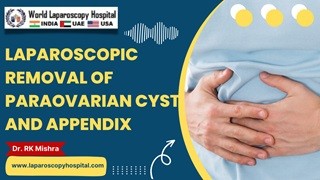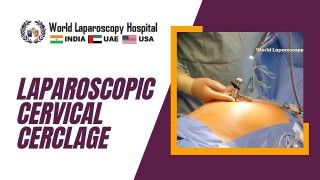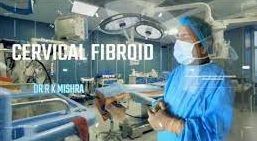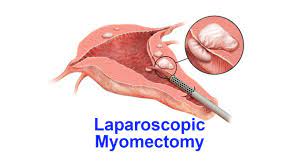Revolutionizing Infertility Treatment: Laparoscopic Tests and Procedures for Improved Outcomes
Add to
Share
879 views
Report
1 year ago
Description
Infertility is a complex medical condition affecting millions of couples worldwide. While there are several treatment options available, many of them are invasive, expensive, and have a low success rate. However, with advances in medical technology, laparoscopic tests and procedures have emerged as a promising new approach for diagnosing and treating infertility. One such procedure is the diagnostic laparoscopy tubal patency test, which uses a special dye called indocyanine green (ICG) to assess the patency of the fallopian tubes. During the procedure, the dye is injected into the uterus, and a laparoscope is used to visualize the dye as it flows through the tubes. This allows doctors to determine if the tubes are open or blocked, which can be a major factor in infertility. In addition to the tubal patency test, laparoscopic ovarian drilling is another procedure that has shown promising results in treating infertility caused by polycystic ovary syndrome (PCOS). The procedure involves using a laparoscope to make small holes in the surface of the ovaries, which helps to reduce the production of male hormones that can interfere with ovulation. Both of these procedures are minimally invasive, meaning they require only small incisions and result in less pain, scarring, and recovery time than traditional open surgeries. They are also highly effective, with success rates ranging from 50% to 80% depending on the underlying cause of infertility. Overall, laparoscopic tests and procedures are revolutionizing the field of infertility treatment, offering patients a safe, effective, and minimally invasive alternative to more invasive options. With their ability to diagnose and treat infertility more accurately, these procedures are giving hope to millions of couples struggling to conceive. Laparoscopic tests and procedures have several advantages over traditional diagnostic and treatment methods for infertility. Because they are minimally invasive, they result in less bleeding, scarring, and pain than traditional surgeries, and patients can often return to normal activities much faster. They are also more accurate than many other diagnostic tests, as they allow doctors to visualize the reproductive organs in real-time and obtain more precise information about their condition. Additionally, laparoscopic tests and procedures are highly customizable, which means that doctors can tailor them to the specific needs of each patient. This level of individualized care can improve patient outcomes and increase the chances of a successful pregnancy. While laparoscopic tests and procedures offer numerous benefits for infertility diagnosis and treatment, they are not without risks. As with any medical procedure, there is a small risk of complications such as bleeding, infection, and damage to surrounding tissues. However, the benefits of these procedures often outweigh the risks, and they have been shown to be safe and effective for most patients. In conclusion, laparoscopic tests and procedures are a promising new approach to diagnosing and treating infertility. By offering patients a minimally invasive, highly accurate, and customizable alternative to traditional diagnostic and treatment methods, they are helping to revolutionize the field of infertility treatment and giving hope to millions of couples worldwide.
Similar Videos






